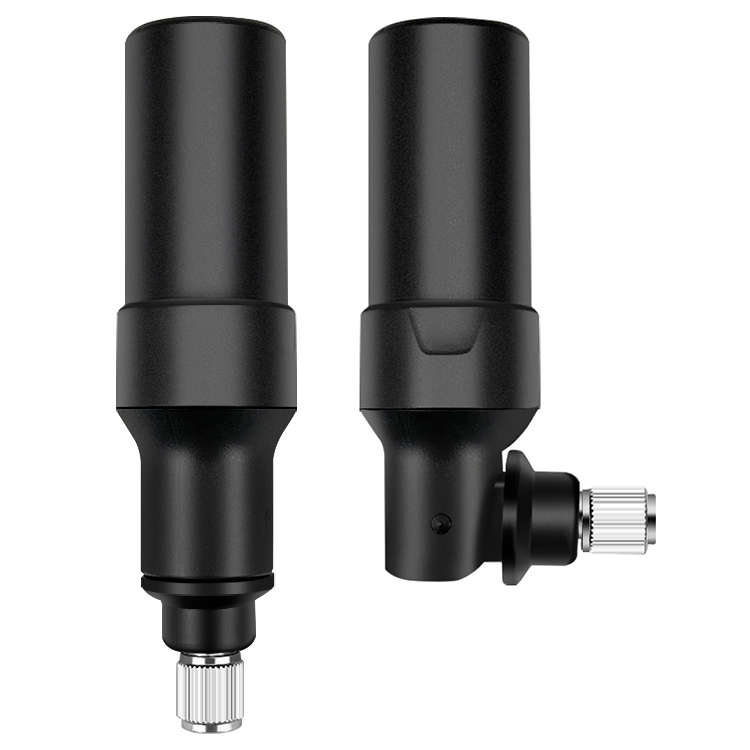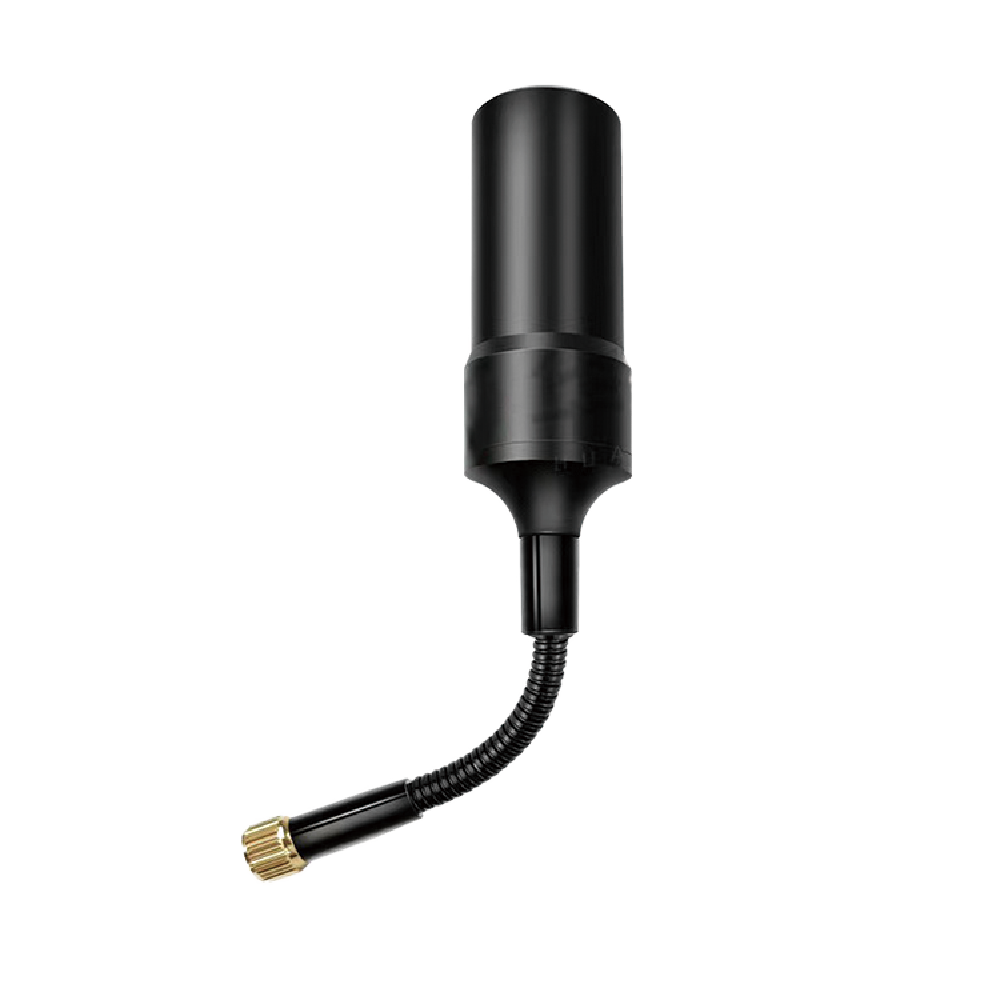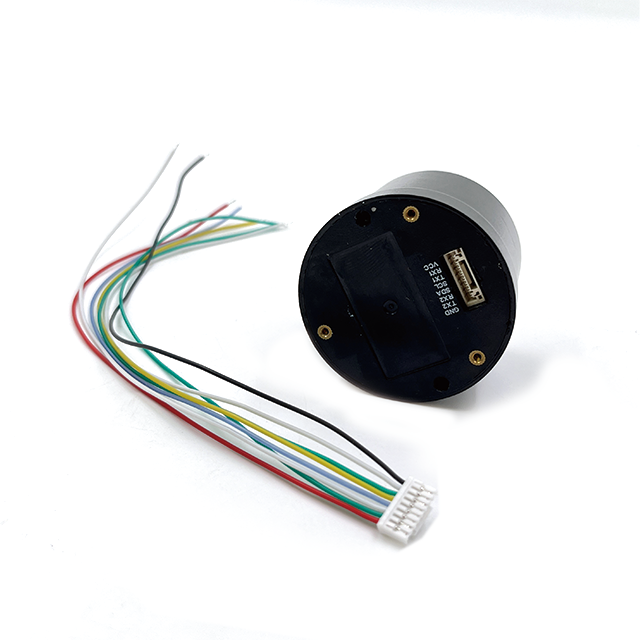5.1 Current Applications
5.1.1 Aerial Photography and Videography
In the field of aerial photography and videography, lightweight GNSS drone antennas play a crucial role. Drones equipped with high - quality cameras rely on accurate GNSS positioning to maintain stable flight and capture smooth, well - framed images and videos. The lightweight nature of the antennas allows the drone to be more maneuverable, enabling it to get into the perfect position for a shot. For example, in a cinematic production, a drone with a lightweight GNSS antenna can fly close to a subject, hovering precisely to capture a detailed close - up while maintaining a stable position despite wind or other external factors.
5.1.2 Agriculture
Agriculture has seen a significant uptake of drone technology, and lightweight GNSS drone antennas are at the heart of many agricultural applications. Drones are used for crop monitoring, where they fly over fields to capture images of the crops. The GNSS - derived position data allows farmers to accurately map the health of their crops, identify areas of stress, and plan targeted interventions such as irrigation or fertilization. In spraying applications, the high - precision positioning provided by the GNSS antenna ensures that pesticides and fertilizers are applied only where needed, reducing waste and environmental impact.
5.1.3 Surveying and Mapping
Surveying and mapping are traditional applications of GNSS technology, and lightweight antennas have made it possible for drones to take on these tasks more efficiently. Drones can cover large areas quickly, capturing high - resolution imagery and elevation data. The accurate positioning provided by the GNSS antenna allows for the creation of highly detailed maps. For example, in a large - scale construction project, a drone with a lightweight GNSS antenna can be used to survey the terrain before construction begins, providing valuable data for site planning and design.
5.2 Future Trends
5.2.1 Integration with Other Technologies
In the future, lightweight GNSS drone antennas are likely to be integrated more closely with other emerging technologies. For example, the combination of GNSS with inertial measurement units (IMUs) and computer vision systems will enable drones to have even more accurate and robust positioning capabilities. The IMU can provide short - term position and orientation information when the GNSS signal is temporarily lost, while computer vision can be used to detect and avoid obstacles and also assist in positioning in areas with poor GNSS coverage. Additionally, the integration of 5G communication technology with GNSS - equipped drones may improve the real - time data transfer of positioning and other sensor data, opening up new possibilities for remote - controlled and autonomous drone operations.
5.2.2 Development of More Compact and Efficient Antennas
Research and development efforts will continue to focus on creating even more compact and efficient lightweight GNSS drone antennas. New materials and antenna designs are being explored to further reduce the weight while improving the performance. For instance, the use of metamaterials, which are artificial materials engineered to have unique electromagnetic properties, may lead to the development of antennas with enhanced signal - receiving capabilities and smaller form factors. Additionally, advancements in manufacturing techniques, such as nanomanufacturing, may enable the creation of antennas with extremely precise structures, optimizing their performance.
5.2.3 Expansion of Drone Applications
As lightweight GNSS drone antennas continue to improve, they will enable the expansion of drone applications into new areas. For example, in search and rescue operations, drones with highly accurate GNSS - based positioning can be used to quickly locate survivors in disaster - stricken areas. In environmental monitoring, drones can be used to track wildlife movements more precisely, with the GNSS antenna providing the necessary location data. The growth of the e - commerce industry may also lead to an increase in the use of delivery drones, where lightweight GNSS antennas will be essential for ensuring accurate and reliable delivery.
Conclusion
Lightweight GNSS drone antennas have become an essential component in the modern drone ecosystem. Their ability to provide accurate positioning, navigation, and timing information while being lightweight has enabled the widespread adoption of drones in various industries. Through innovative design and construction techniques, these antennas have overcome many of the challenges associated with traditional GNSS antennas, such as weight and signal interference.
The working principles of lightweight GNSS drone antennas, from satellite signal reception to signal processing and their role in drone navigation, are well - understood and continuously refined. The advantages they offer, including weight reduction, high - precision positioning, and omnidirectional reception, have made them a preferred choice for drone manufacturers and users alike. However, challenges such as signal interference, multipath propagation, and durability in harsh environments still need to be addressed.
Looking to the future, the integration of lightweight GNSS drone antennas with other emerging technologies, the development of more compact and efficient antennas, and the expansion of drone applications are exciting trends that hold great promise. As technology continues to advance, lightweight GNSS drone antennas will undoubtedly play an even more significant role in shaping the future of drone technology and its applications.




































































 Language
Language
 En
En Cn
Cn Korean
Korean

 Home >
Home > 







 18665803017 (Macro)
18665803017 (Macro)













